Mindhunter's BTK killer: His disturbing story and THAT final scene, explained
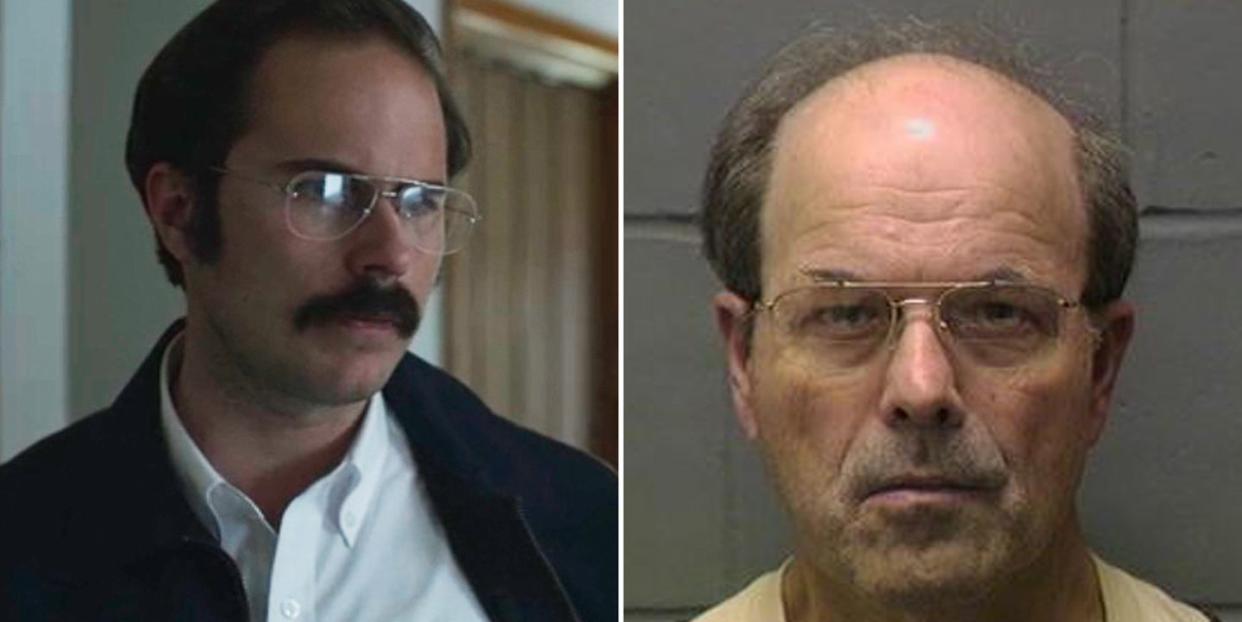
At the end of Mindhunter season two, the customary narrative wrap-up involved both special agents Holden Ford and Bill Tench catching a private jet back to the FBI headquarters in Quantico, Virginia with bureau chief Ted Gunn.
The status of the Atlanta child murders investigation was downgraded to "inactive" following the conviction of Wayne Williams, who was found guilty of the murders of two adult men and not, as you might have expected, the murders of the young, black, predominantly male victims.
We were also told that none of the remaining 27 cases have been prosecuted, and Williams himself continues to insist that he is innocent.
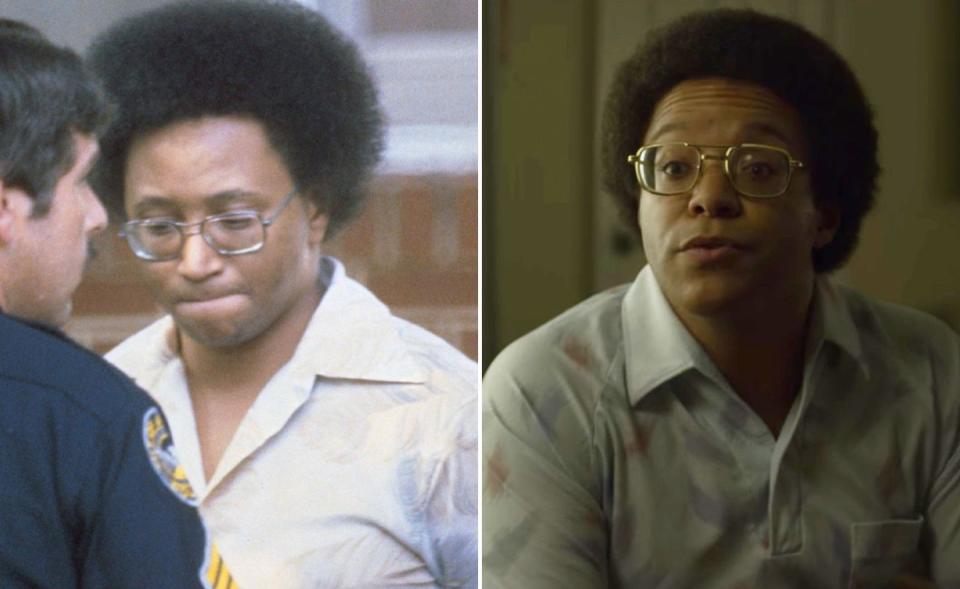
But things didn't end there.
Before the credits rolled, we were taken to a motel in Junction City, Kansas, where the BTK killer (bind, torture, kill) could be seen admiring himself in a bathroom mirror. He was wearing a white satin slip with lace detail and a printed scarf around his neck. He then took the plastic mask depicting a woman's face, which we have previously seen him wear, and placed it over his own.
In the room, he had a camera placed on a tripod and souvenirs he had stolen from his victims laid out on the bed, including a newspaper clipping about the Otero family, his first victims. Parents Joseph and Julie, along with two of their children Joseph Jr and Josephine, were murdered in 1974. The bodies were discovered by their eldest son Charlie when he returned home from school.
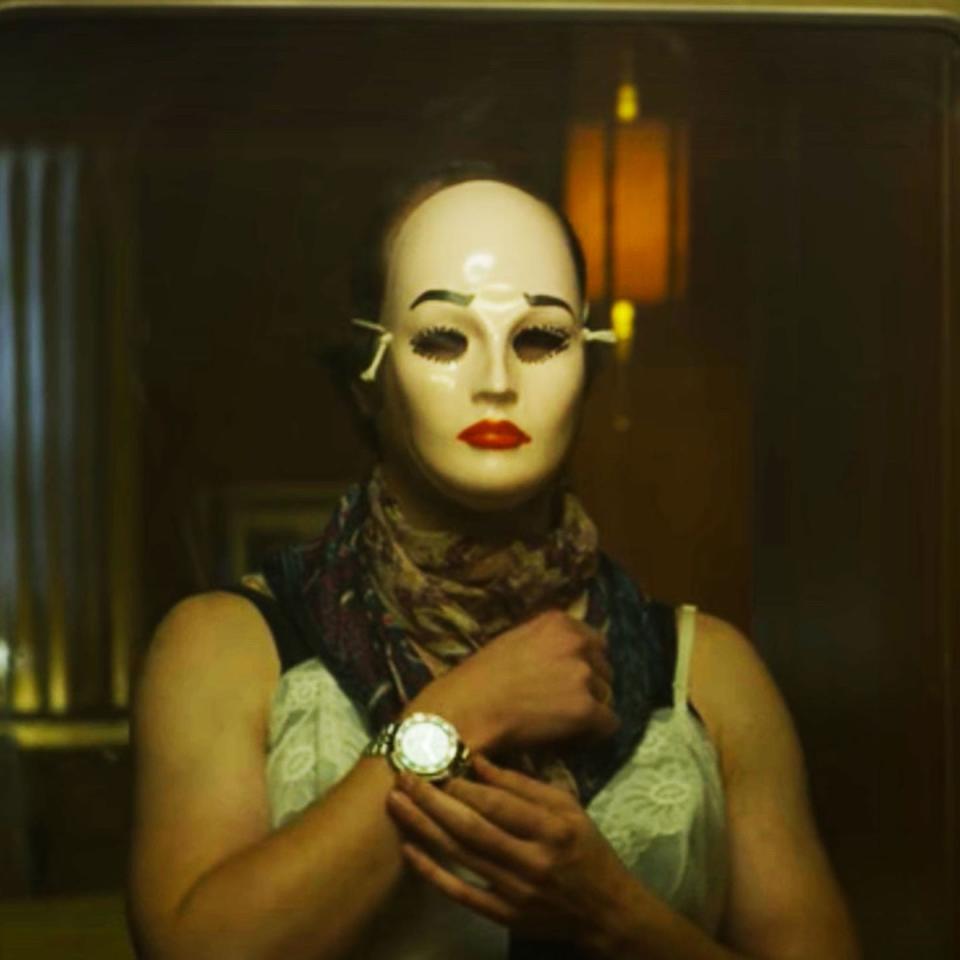
Newspaper clippings about Shirley Vian, who was killed in 1977, and Nancy Fox, who was murdered almost nine months later, were also on the bed, along with jewellery, a driving licence, Polaroids, a pair of shoes and other items of clothing.
He then tied a rope around his neck and pulled, just as he did in season two, episode one, when his wife discovered him in their bathroom at home. That is referred to as erotic asphyxiation, where people gain sexual pleasure from strangling or suffocating themselves.
The credits rolled as Peter Gabriel's 'Intruder' played. The lyrics are as follows: "I know something about opening windows and doors. I know how to move quietly to creep across creaky wooden floors.
"I know where to find precious things in all your cupboards and drawers. Slipping the clippers, slipping the clippers through the telephone wires."
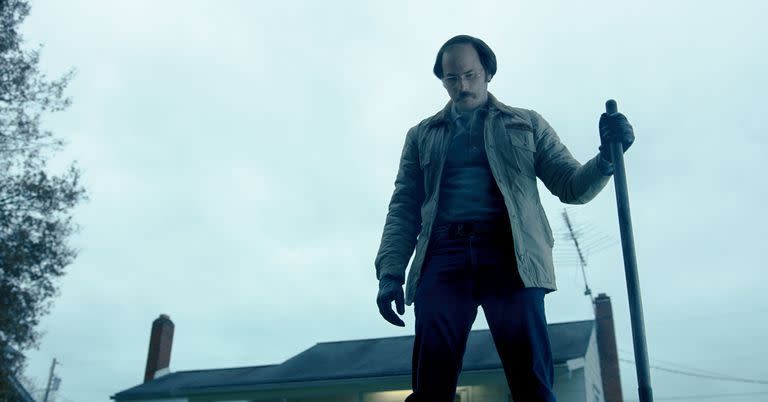
The BTK killer was later identified as Dennis Rader, a man who was born in Pittsburg, Kansas, but grew up in Wichita, also Kansas. He killed 10 people.
In terms of Mindhunter's time frame, Williams was arrested for the two adult Atlanta murders in 1981, his trial began in January 1982, and he was found guilty the following month.
But Rader's killings long outran that date. We're not told how much time has passed when we see him at the end of the series following the Atlanta investigation. But if it does pick up shortly after, his reign of terror will continue for roughly another eight or nine years – his last victim, Dolores Davis, was murdered in 1991.
Mindhunter's third season hasn't yet been confirmed, but if it does get the green light, we can be certain that Sonny Valicenti will return as Rader.
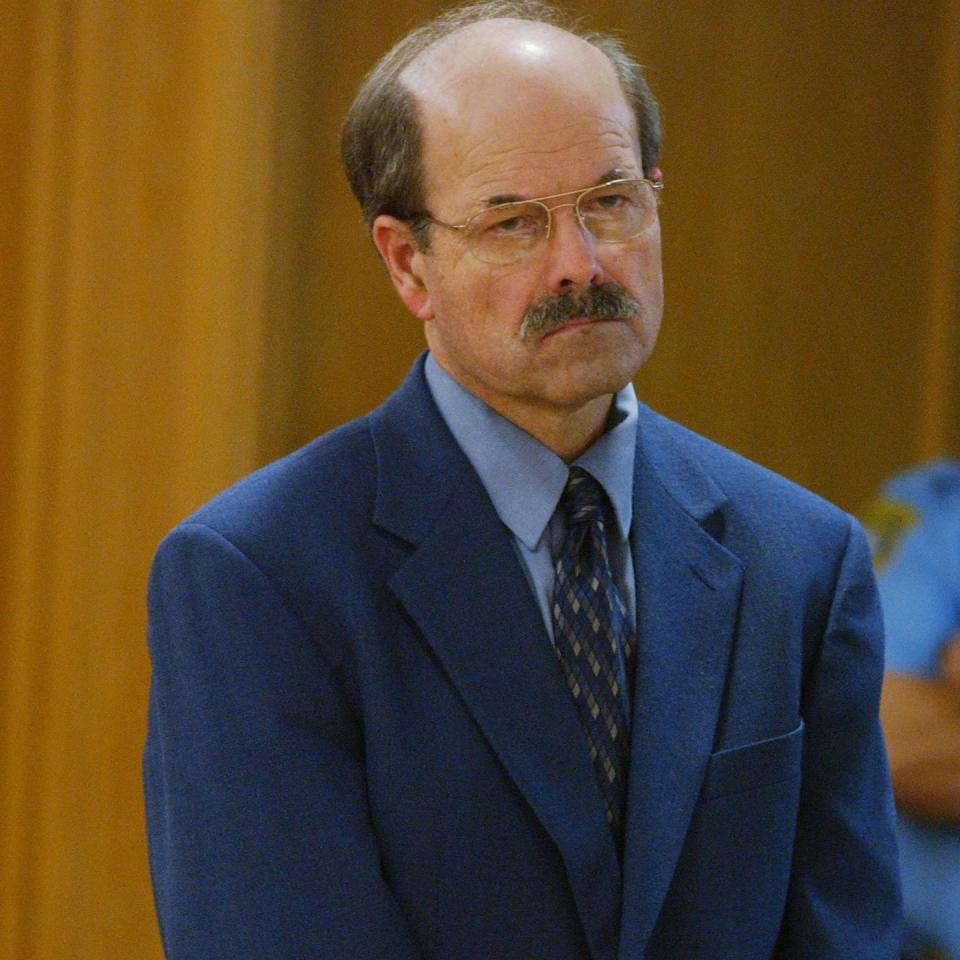
You might be surprised to learn that across a period that spanned more than 17 years, Rader killed 10 people and no more. Following the Otero murders and that of Kathryn Bright in 1974, there was Vian and Fox in 1977. But it wasn't until 1985 when he strangled Marine Hedge, followed by Vicki Wegerle in 1986, and then Davis in 1991.
Scott Bonn, PhD, a criminologist who spoke with Rader himself and also wrote the book Why We Love Serial Killers: The Curious Appeal of the World's Most Savage Murders, told Oxygen: "His pattern is very a-typical. Most serial killers don't have these lengthy, extensive periods between their killings. Most of them really, really escalate and often times, that is what leads to their undoing."
Katherine Ramsland, a forensic psychology professor at DeSales University, who wrote Confession of a Serial Killer: The Untold Story of Dennis Rader, the BTK Killer, explained to Oxygen that Rader had commitments which prevented him from going on sprees similar to that of Ted Bundy or Rodney Alcala. Not only did he have a job, employed by ADT Security Services to fit security alarms, he also had a wife and a child.
"He had to do this carefully and it had to be when he had pockets of opportunity that allowed him to pretend he was doing something else like library research for a course he was taking or being out of town or going overnight in a Boy Scouts camping trip," said Ramsland." He always had to have a cover story."
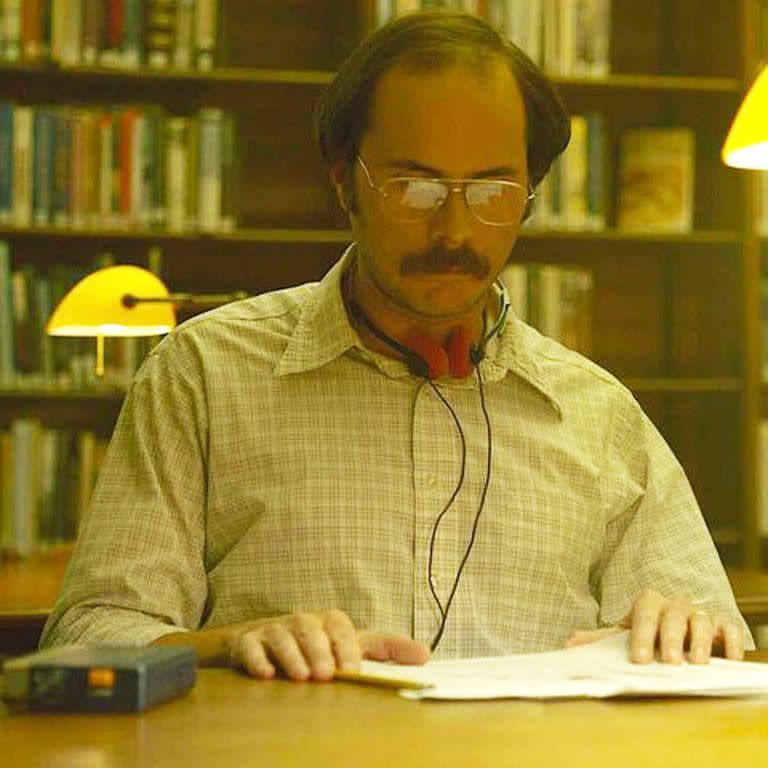
But during his quieter moments, Rader was still planning and fantasising. He told Ramsland that he had identified 55 potential victims, which he referred to as "projects".
"He was always looking," she added. "They were detailed lists with names of the projects, dates, locations, circumstances, things that would have happened to people had he had the full amount of time that he needed and they were home.
"It's not like he was inactive during those periods of time, it's that he didn't have all the right circumstances to go forward with something."
In 2004, a local paper ran a story on the 30th anniversary of his very first killing with the headline: "BTK case unsolved, 30 years later." During an ABC News report, one journalist recalled that in the article, they wrote that "nobody remembered him, which invoked his ire".
Rader started sending packages with trophies from his kills to the press, including a letter to The Wichita Eagle signed by 'Bill Thomas Killman', in which he confessed to killing Wegerle, complete with a photograph from the scene of the crime.
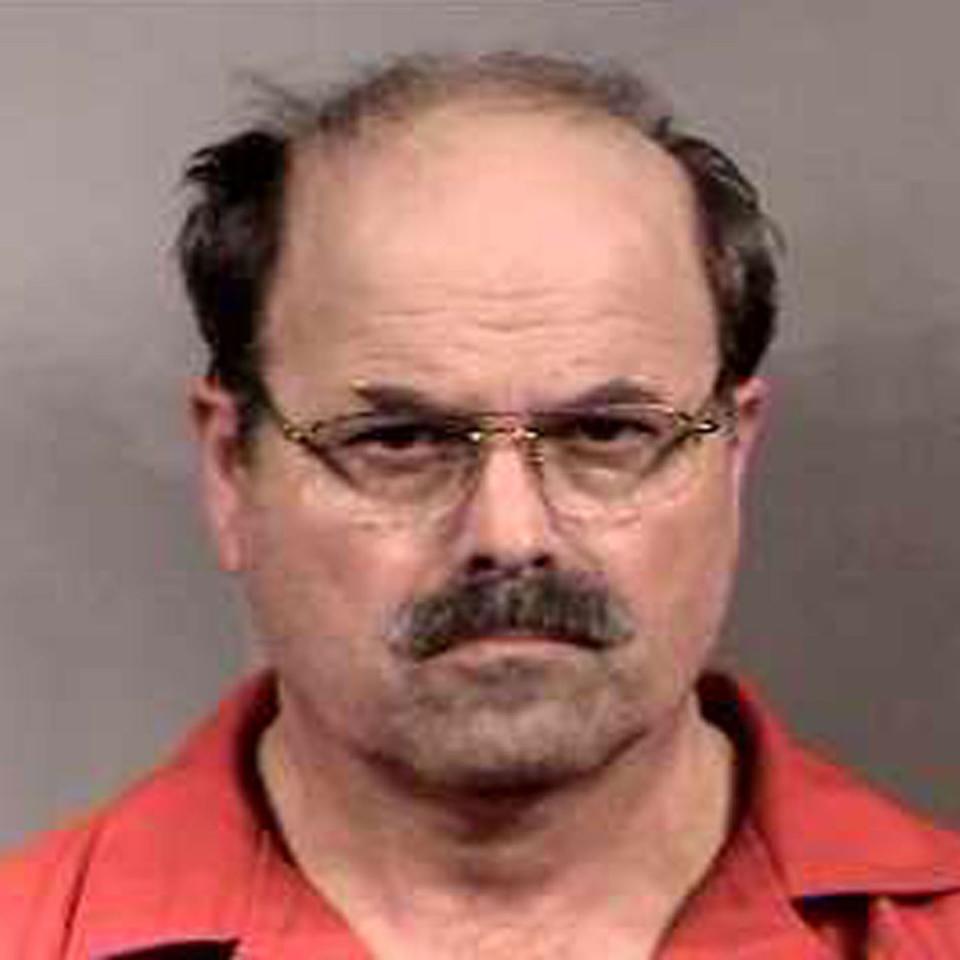
It was a line of communication that he had used previously. In 1974, he had contacted Don Granger from The Wichita Eagle.
During the anonymous phone call, Rader told Granger to go to the Wichita Public Library and find a particular mechanical engineering textbook. Inside was a letter, addressed to the Secret Witness Program, which discussed the murder of the Otero family in extensive detail, as well as threatening more murders.
But it was the contents of one of the packages sent in 2004 which was Rader's undoing. It contained a floppy disc which was traced back to a computer at the Christ Lutheran Church in Park City, Kansas, where he was president at the time. The computer was registered in Rader's name. Crucially, the police also had an old DNA sample from the first crime scene.
(It should be noted that some reports suggest that it was always Rader's intention to reveal his identity, littering certain letters with information about his background.)
He was subsequently arrested.
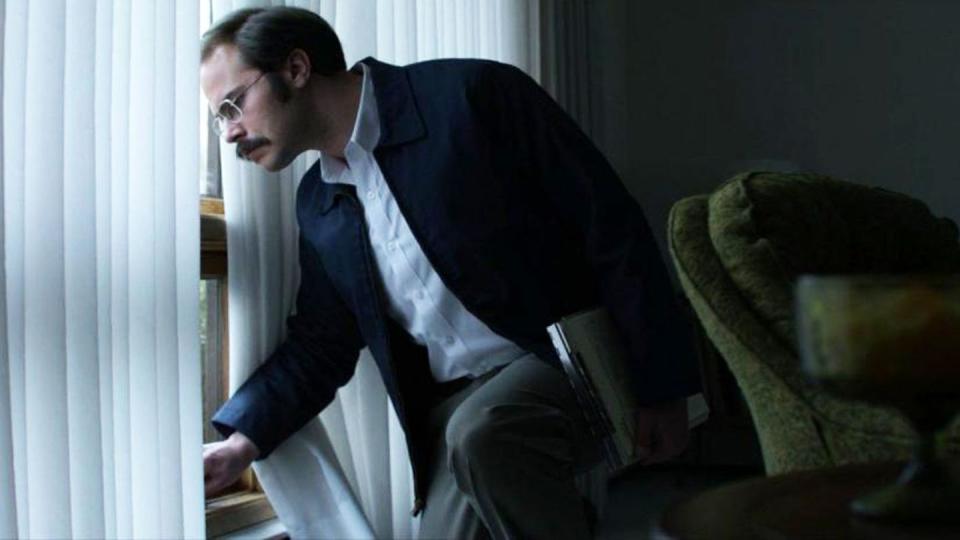
According to The Wichita Eagle, Rader revealed during police interviews that he had caught stray animals when he was a boy and strangled them to death, as well as watching pornography which featured bondage, domination and sadomasochism. He was also a "peeper" and would "break in and steal underclothes" for his "private collection".
That fascination with domination, hinted at from the type of porn he was watching at a young age, was also discussed by Bonn.
"It was all about the process of killing and it was almost like foreplay for sex, where it would lead up to the ultimate moment where he would kill them, but that's not really what he lived for," he said. "What he lived for was the process."
Rader later worked as a dog catcher and a compliance offer, and those roles also allowed him to exert a type of control that aligned with his profile: "He was getting the fix that he needed to scratch his itch for power and control. I think that's one of the things that allowed him to de-escalate and have long periods between his killings because it gave him an outlet."
During a documentary on Wichita's KAKE-TV, Rader revealed that his father worked long hours, but his mother, despite being around, wasn't particularly interested in spending time with him.
"I got along real well with dad," he said. "But mum wasn't always quite happy. I've always loved her. I still love her, greatly. But I did have a little... a little bit of a grudge against momma."
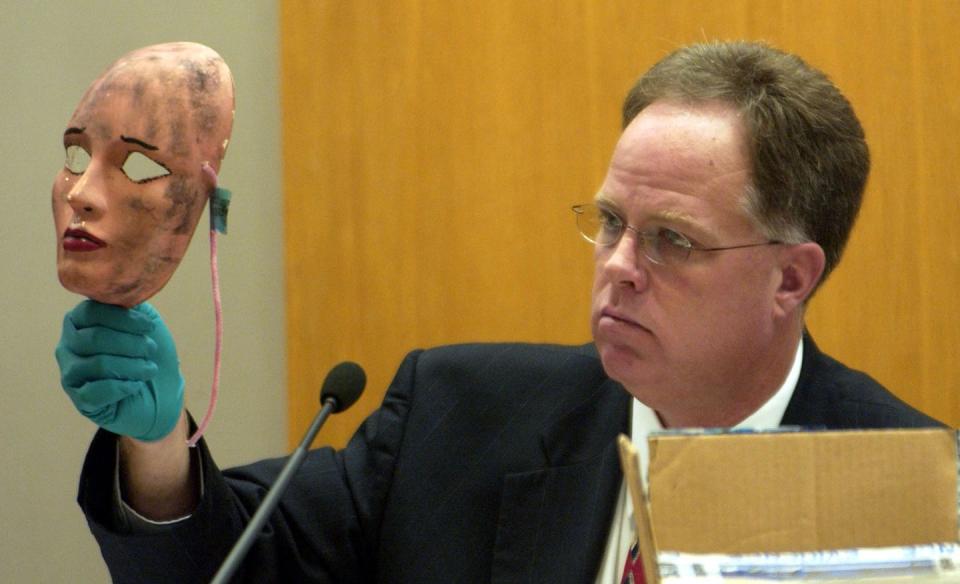
He then admitted that when he was younger, one of his mother's rings caught in a couch spring and she couldn't get her hand free. Rader said he felt excited watching her "looking to him in terror".
He continued: "I would say probably even when I was in grade school, I sort of had some problems. Sexual fantasies. Probably more than normal. All males probably go through some kind of sexual fantasy. Mine was probably just weirder than other people."
Rader also said that during his early 30s, he engaged in bondage with prostitutes. Some of the women refused to meet with him again because he was "too scary".
"I was getting the feeling again and it was bad this time," he said during the ages of 32 and 34.
Following his arrest, Rader confirmed that he was the BTK killer. In June 2005, the 60-year-old pleaded guilty to all 10 murders and was sentenced to 10 consecutive life terms.
"How could a guy like me, church member, raised a family, go out and do those sorts of things?" he asked reporter Larry Hatteberg from KAKE-TV.
"I want the people of Sedgwick County, the United States and the world to know that I am a serial killer... It's a dark side of me."
Want up-to-the-minute entertainment news and features? Just hit 'Like' on our Digital Spy Facebook page and 'Follow' on our @digitalspy Instagram and Twitter account.
You Might Also Like

 Yahoo News
Yahoo News 
